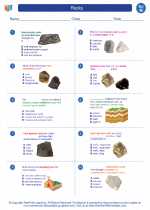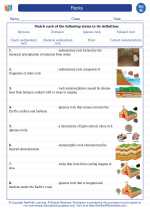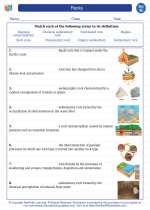Fertilization
Fertilization is the process by which the male gamete (sperm) and the female gamete (egg) fuse to form a zygote. This process typically occurs in the reproductive organs of the female, leading to the formation of a new organism.
Overview of Fertilization Process
1. The male gametes, or sperm, are released into the female reproductive system through sexual intercourse.
2. The sperm travel through the female reproductive tract and reach the egg in the fallopian tube.
3. The sperm undergoes a process called capacitation, which allows it to penetrate the egg's protective layers.
4. Once a sperm successfully penetrates the egg, the egg undergoes a series of changes that prevent other sperm from entering.
5. The genetic material from the sperm and the egg combine to form a zygote, which will develop into a new organism.
Study Guide
Key Concepts
- Gametes: Understand the role of male and female gametes in the fertilization process.
- Reproductive System: Learn about the male and female reproductive systems and how they contribute to fertilization.
- Process of Fertilization: Familiarize yourself with the steps involved in the fertilization process.
- Zygote Formation: Understand the significance of zygote formation in the development of a new organism.
Study Tips
- Review the structures and functions of the male and female reproductive systems.
- Understand the differences between spermatogenesis and oogenesis.
- Use diagrams or animations to visualize the process of fertilization.
- Explore the factors that can affect successful fertilization, such as timing and environmental conditions.
Practice Questions
- What are the male and female gametes, and how do they contribute to fertilization?
- Describe the journey of a sperm from ejaculation to fertilization of the egg.
- Explain the significance of zygote formation in the development of a new organism.
- Discuss the role of reproductive hormones in the process of fertilization.
By understanding the process of fertilization and its significance, you can gain a deeper appreciation for the complexities of sexual reproduction and the creation of new life.
[Fertilization] Related Worksheets and Study Guides:
.◂Science Worksheets and Study Guides Eighth Grade. Rocks

 Worksheet/Answer key
Worksheet/Answer key
 Worksheet/Answer key
Worksheet/Answer key
 Vocabulary/Answer key
Vocabulary/Answer key
 Vocabulary/Answer key
Vocabulary/Answer key
 Vocabulary/Answer key
Vocabulary/Answer key
